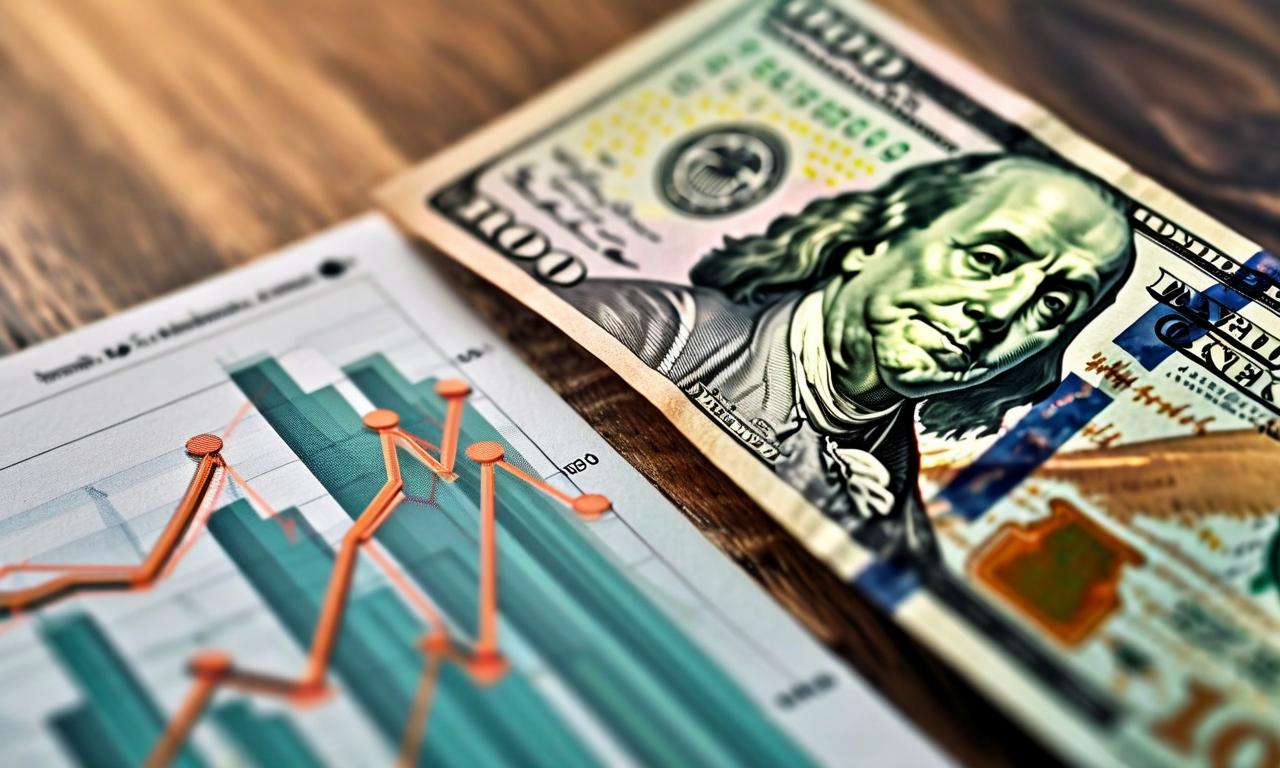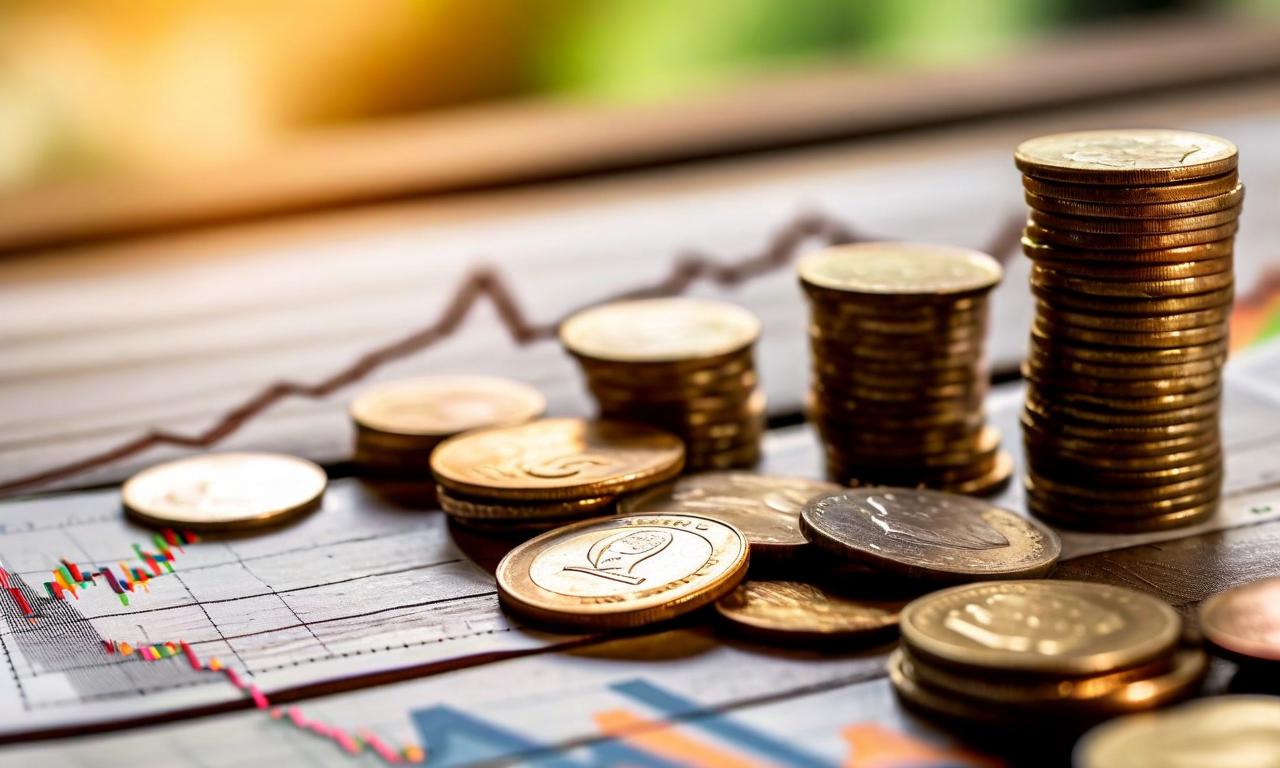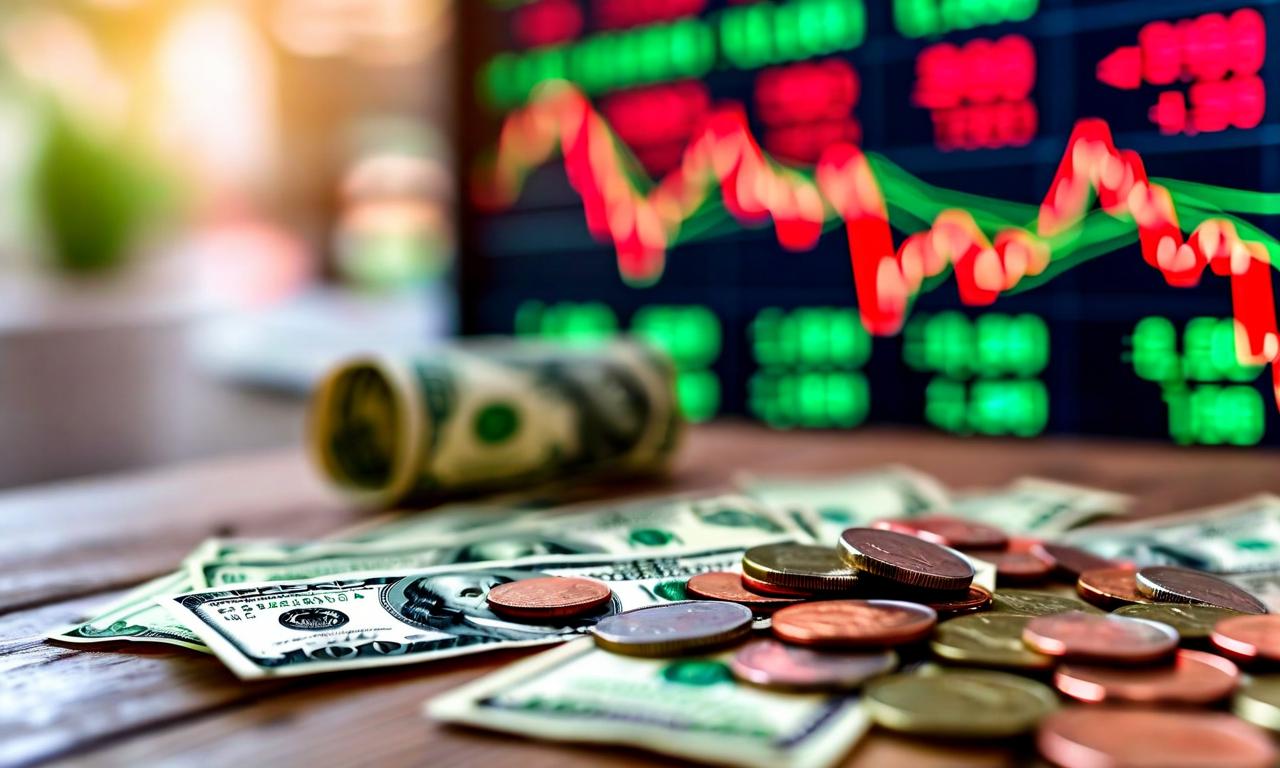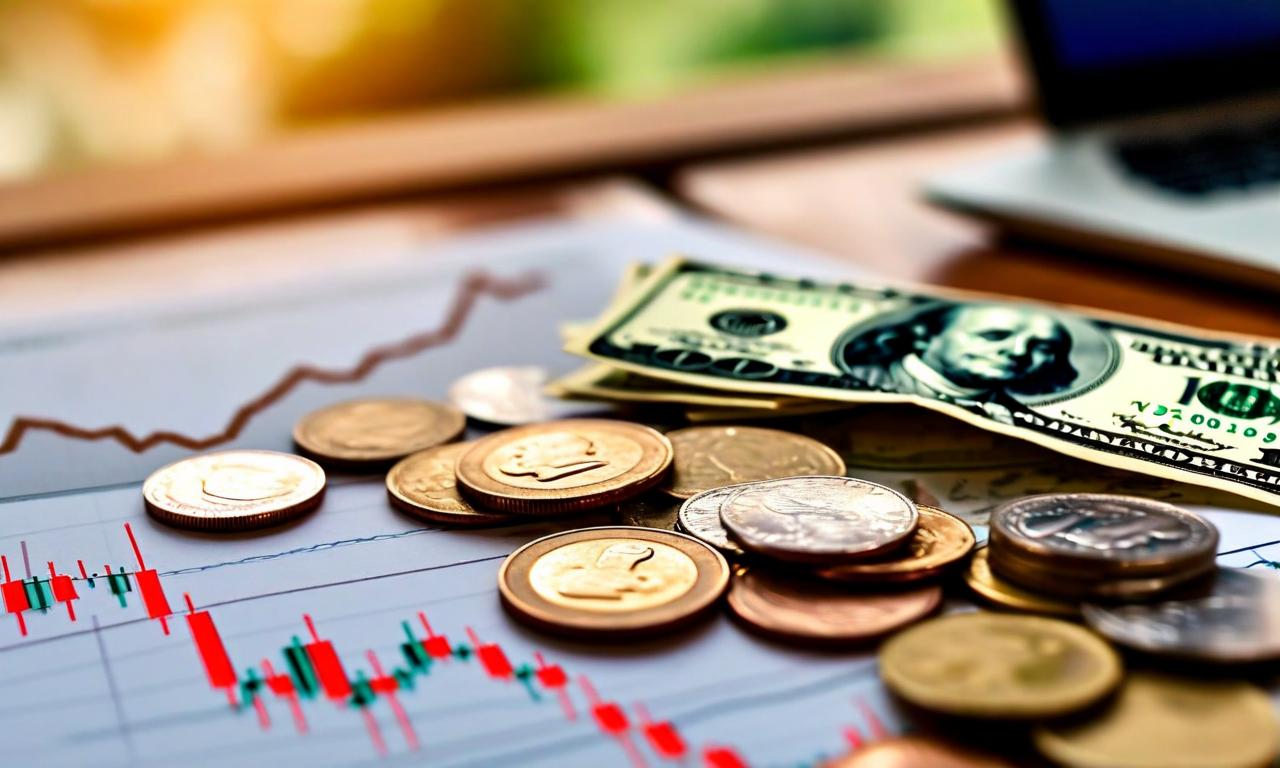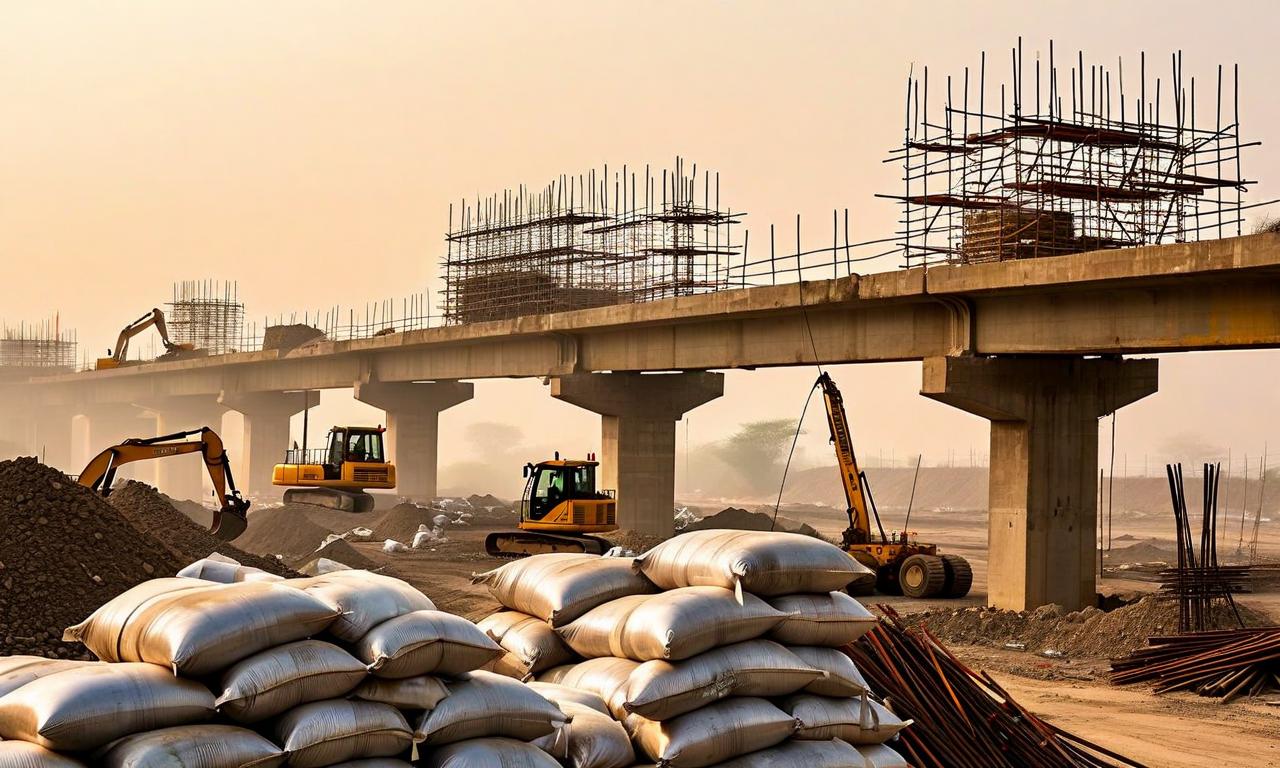Indian Rupee Strengthens Slightly Amid Market Volatility
The Indian rupee strengthened by 3 paise to 88.69 against the US dollar in early trading, recovering from a record low of 88.76. The currency's performance is influenced by positive Asian currencies, dollar weakness, and ongoing capital outflows. The dollar index declined 0.21% to 97.94, while Brent crude fell 0.58%. Foreign Institutional Investors sold equities worth Rs 5,687.58 crore, and India's forex reserves dropped by $396 million. Market experts anticipate potential RBI intervention to stabilize the rupee.

*this image is generated using AI for illustrative purposes only.
The Indian rupee has shown a slight recovery, strengthening by 3 paise to 88.69 against the US dollar in early trading. This modest gain comes after the currency hit a record low of 88.76, sparking concerns in the financial markets.
Rupee's Performance
The Indian currency rebounded 4 paise to close at 88.72 per dollar. The recent strengthening is supported by positive Asian currencies and dollar weakness in overseas markets. However, the rupee remains under pressure from continued capital outflows and geopolitical developments, trading in a tight range.
Factors Influencing the Rupee
Several factors are currently influencing the rupee's performance:
- The dollar index declined 0.21% to 97.94
- Brent crude fell 0.58% to $69.72 per barrel
- Foreign Institutional Investors sold equities worth Rs 5,687.58 crore
- India's forex reserves dropped by $396 million to $702.57 billion for the week ended September 19
Market Expectations and RBI Intervention
Market experts suggest that the Reserve Bank of India (RBI) may intervene to keep the rupee within 88.80 levels. The central bank's upcoming policy decision is eagerly anticipated by investors, as it could significantly impact the currency's trajectory.
US Trade Policies
The United States has announced a 100% tariff on branded drugs from October 1, with exemptions for companies building US manufacturing plants. This development could potentially affect trade relations and impact the rupee.
Domestic Equity Markets
Despite the currency volatility, domestic equity markets showed resilience:
| Index | Change |
|---|---|
| Sensex | +255.46 points |
| Nifty | +89.05 points |
Looking Ahead
As the financial markets navigate these uncertain waters, all eyes are on the RBI's upcoming policy decision. The central bank's stance will likely play a crucial role in determining the short-term trajectory of both the rupee and market sentiment in India.





